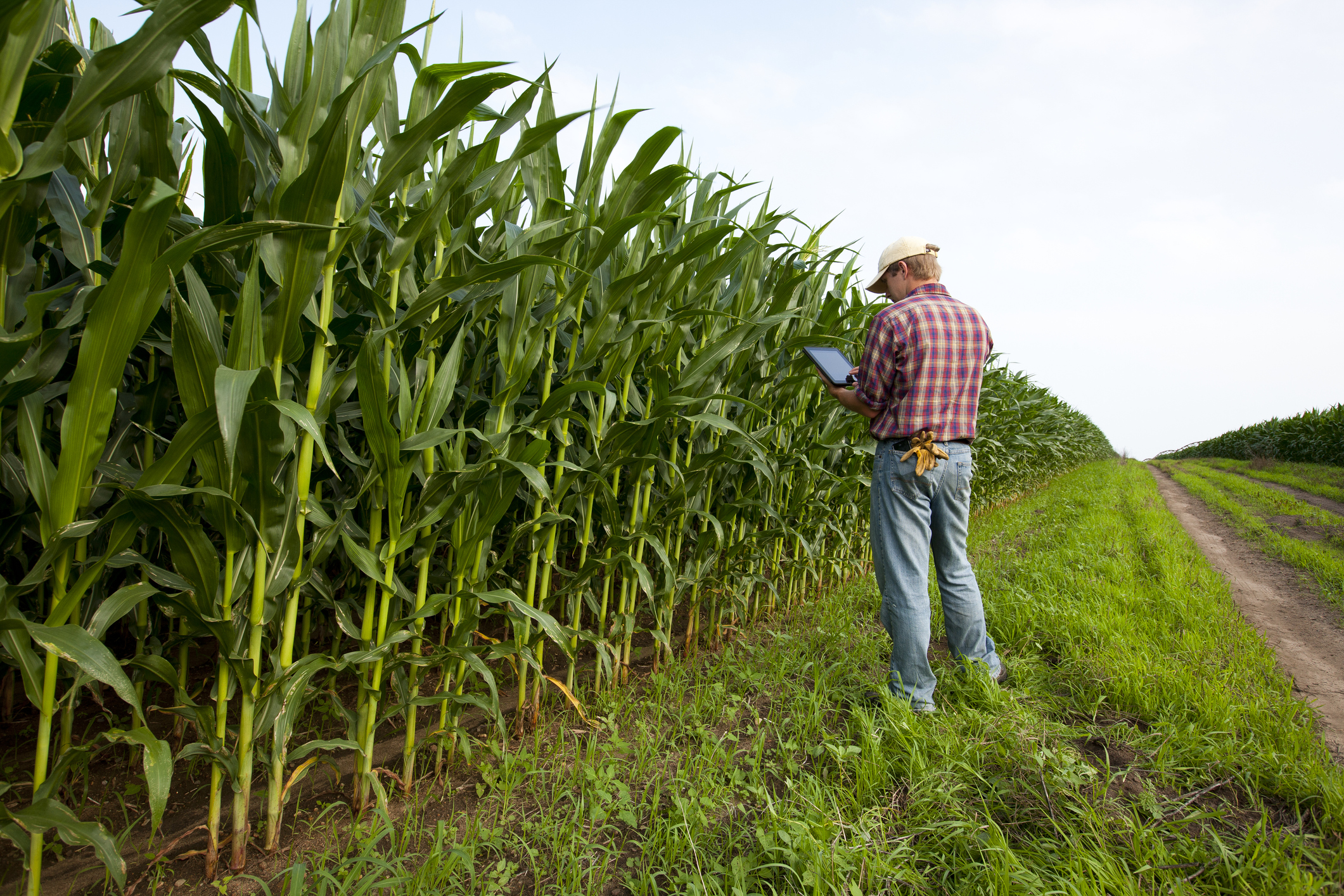There is trouble in fields that produce much of America’s wheat and corn, as an abnormal pattern of drought and downpours is ruining many crops as they grow and leaving others in danger of rotting where they stand.
Drought conditions in Nebraska were so bad that farmer Ryan Krenk said his cornfield “looked like death,” according to KMUW.
“All I really wanted to do was just go home and not look at it,” Krenk said. “Because it was sickening, just absolutely sickening. I didn’t want the memory.”
Crop yields are expected to be down for some Kansas farmers as persistent drought conditions persist across the state and precipitation remains below average. #drought https://t.co/gF8HpypPOd
— Successful Farming (@SuccessfulFarm) July 18, 2023
Although rain has since arrived in the Midwest, it has served to complicate the crisis by slowing the work of harvesters who face deadlines all summer long but this year are thrown for a loss by disruptions to the delicate timing of crop maturation.
A report in The Wall Street Journal said that in a normal year, 90 percent of the winter wheat in Kansas has been harvested by July 10. This year, that figure is 60 percent. By mid-July, traveling harvesters who are essential to getting a crop from field to barn have largely left Kansas behind to head to Colorado or South Dakota.
Not this year.
“They have begun harvest in central South Dakota already,” harvester Brian Jones said. “That’s a major issue as there is no way to get to our Nebraska stop in between.”
“A year to remember for all the wrong reasons,” he said.
For traveling harvesters, the rhythms of nature are vital to crews that go from state to state to perform their just-in-time labors.
“Crops will literally go bad. They’ll either fall on the ground or sprout. They can just rot,” traveling harvester Ryan Haffner said.
Each May, a procession of #harvest crews & their combines set off from Texas to cut wheat, following south-to-north routes that have been trod by generations
Do you support farmers?We follow some in #Kansas, where drought has stunted crops & late rains have delayed their workhttps://t.co/Lw6gcuWWCZ
— Shannon (@ShannonNajma) July 18, 2023
With time out of joint, so are customers, Greg Doering of the Kansas Farm Bureau said.
“How do you manage a customer whose field is ready to be cut,” he said, when “you’re several hundred miles away and still have days and days of work before you get to them?”
Kansas normally produces about 25% of winter wheat in the U.S. winter wheat crop, but that may not happen this year due to prolonged drought.
This U.S. Drought Monitor map shows drought intensity as of June 20, 2023, with 79% of Kansas in a drought. https://t.co/ubJl4x6cZG pic.twitter.com/stDzF6yCh5
— NASA Earth (@NASAEarth) June 23, 2023
Jones said even when they harvest a field, there is not much joy this year because of light harvests due to the weather.
“That automatically means significantly reduced income for the acres we do harvest with the low yield. Not to be all doom and gloom but to be blunt. I think most harvesters will agree this year is proving to be one of the most disappointing and challenging harvests in the [past] 15 years,” he said.
The U.S. Department of Agriculture agrees.
“This is the lowest level of U.S. exports since 1971/72,” it wrote in its July wheat production summary, adding that for hard red wheat, this year’s harvest “would be the second smallest HRW crop since 1963/64.”
This article appeared originally on The Western Journal.

























 Continue with Google
Continue with Google